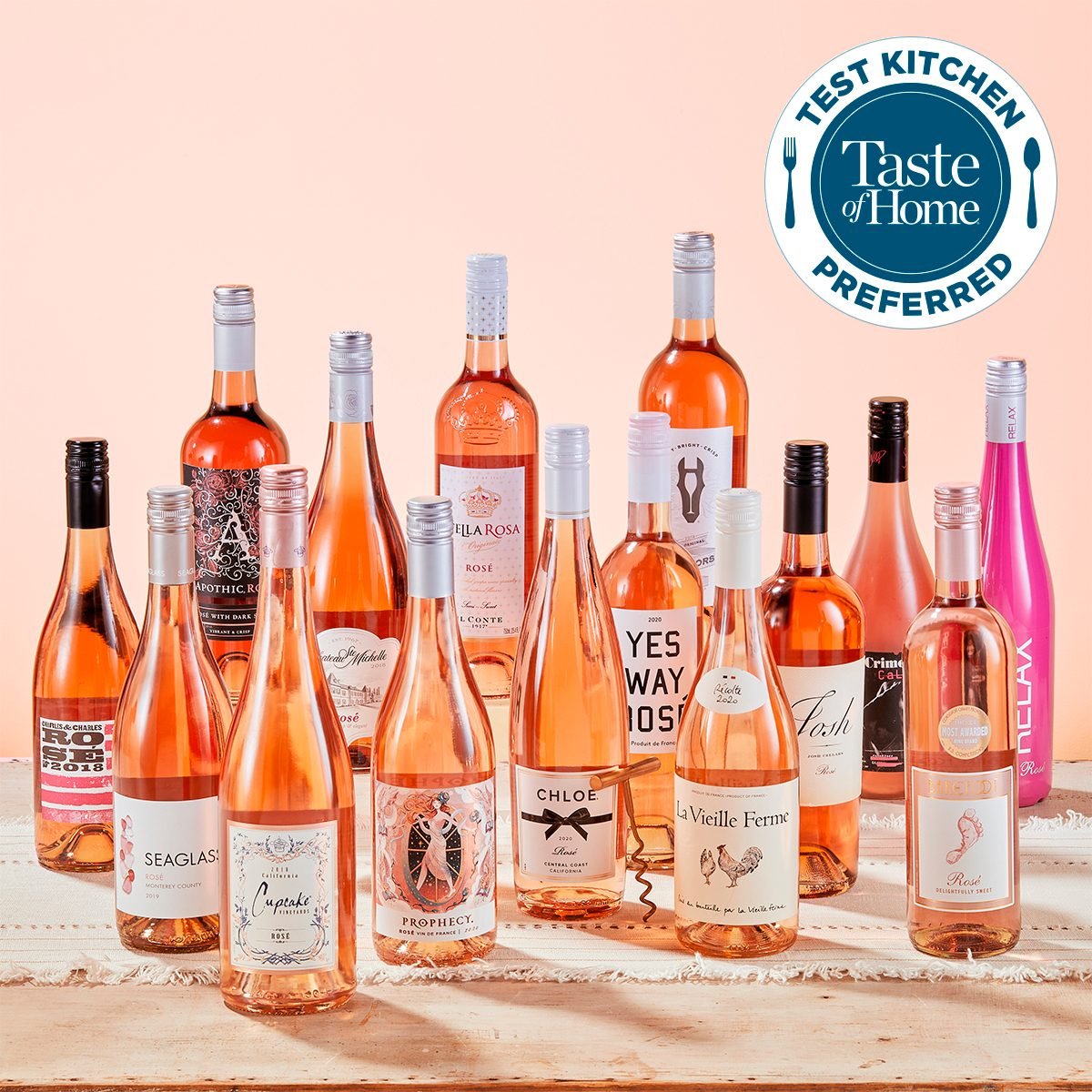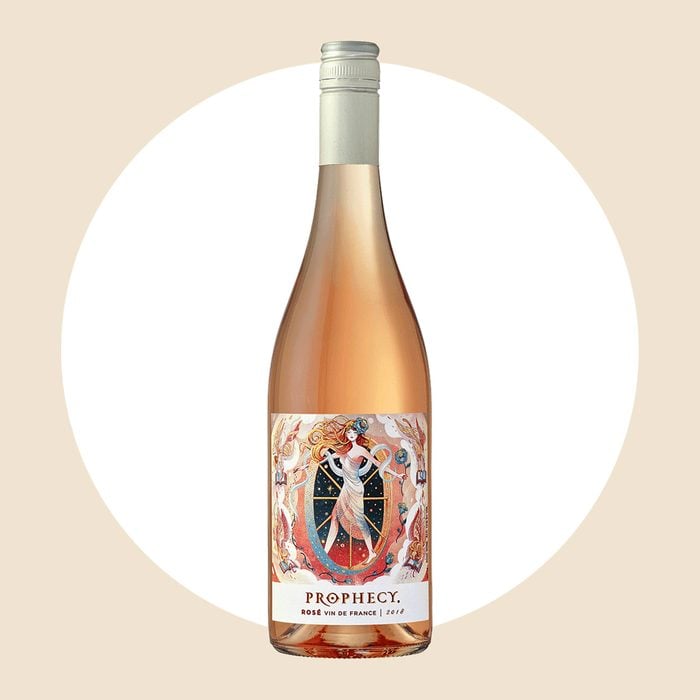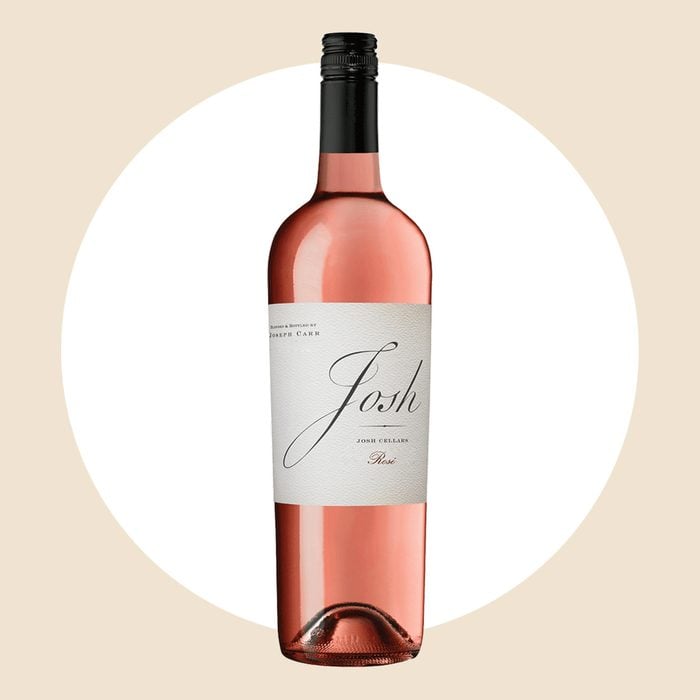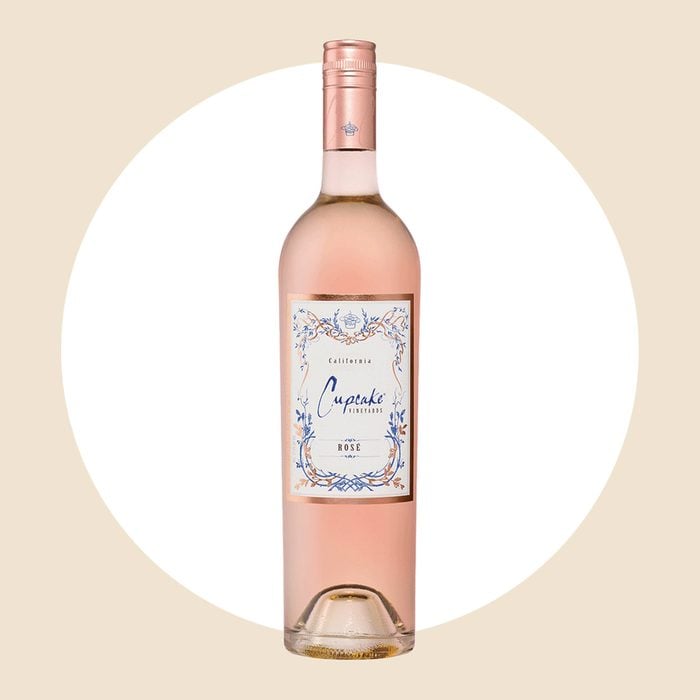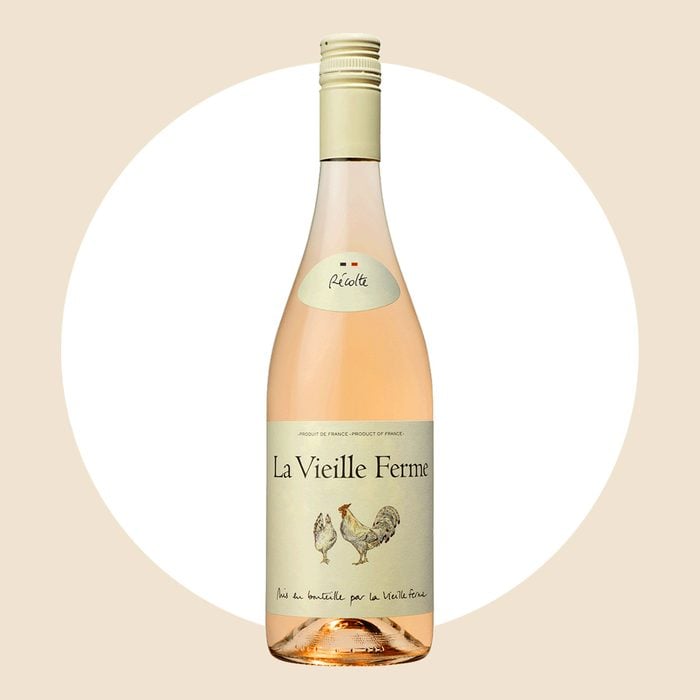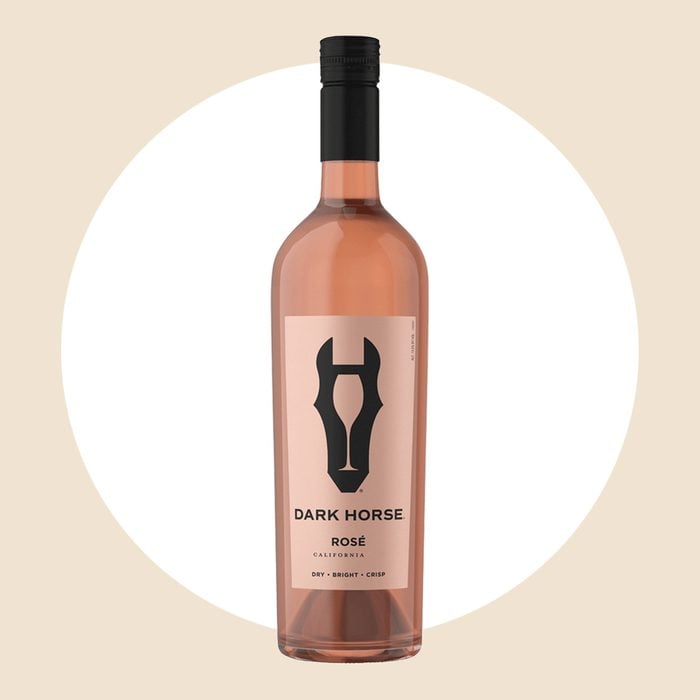What to Look For When Buying the Best Rosé Wine
There are three major factors to consider the next time you visit your local wine shop:
- Color: Rosé wines should be pleasantly blushy. While color won’t make or break a wine (it is all about the flavor), wines that have that just-right rosy hue are most welcome.
- Aroma: When you swirl wine in your glass, it should smell inviting. Notes of the wine—be they fruity, floral, mineral or otherwise—should come through.
- Flavor: This is, as always, the most important factor in these tests. Rosés can vary in flavor from quite sweet to semi-dry. All are welcome at our tasting table, but in the end they should be refreshing and pleasant.
Why You Should Trust Us
Our Test Kitchen team is made up of seasoned professionals who take their food (and wine!) seriously. They also come from a variety of culinary backgrounds, from food magazines and blogs, to celebrating cooking schools, to restaurant and catering kitchens.
How We Tested Rosé Wine
As with all our other taste tests, our team of culinary pros sipped these wines blindly to avoid any biases. On a summer afternoon, our team swirled and sampled 15 different wines with the basics in mind, considering flavor, aroma and flavor in equal measure. Just five got their highest praise and the right to be called Test Kitchen-Preferred.
FAQ
What kind of wine is rosé?
Rosé wine is a pink-hued wine that strikes a perfect balance between the richness of reds and the crispness of whites. It’s made from a variety of grapes and can range from sweet to dry. Rosé comes in three varieties: still, semi-sparkling or sparkling.
Is rosé wine sweet or dry?
When it comes to rosé wines, there’s a wonderful array to explore! You’ll find some that are delightfully sweet, while others lean towards the drier side. Those crafted in Europe often have a timeless, bone-dry taste, while American and Austrailian rosés have a sweeter twist, brimming with juicy fruit flavors. It’s all thanks to the unique climates and techniques used in their production.




![The Best Non-Alcoholic Wine [Tested and Reviewed]](https://www.tasteofhome.com/wp-content/uploads/2024/07/TOHA24_Group-Photo_Katie-Bandurski_ST_01_Edited.jpg?resize=72,72)















